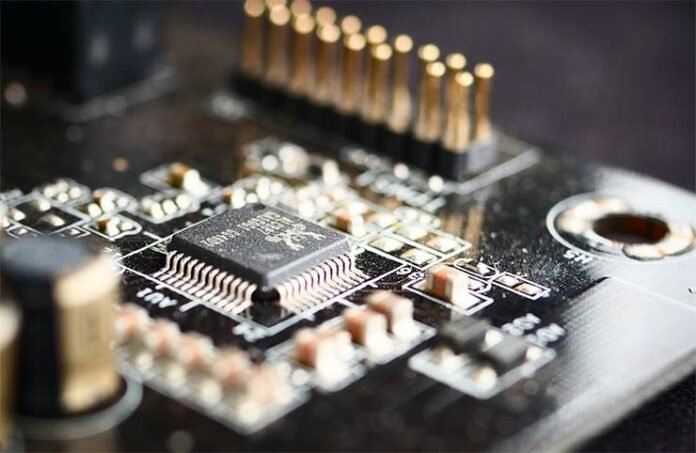Washington: The Department of Defence announced it invested another chunk of cash from the Biden administration’s CHIPS and Science Act into the Microelectronics Commons, the latest significant infusion meant to spur domestic semiconductor development across the country.
“America’s military systems are the most capable in the world, and that would not be possible without advanced semiconductor technology,” Arati Prabhakar, assistant to the President for Science and Technology and director of the White House Office of Science and Technology Policy, said in a November 8 Pentagon press release.
The Microelectronic Commons is a network of technology hubs that has since grown to about 1,200 universities, private companies and other organisations from 35 different states, plus Washington, DC. It’s designed to spur the development of a domestic microelectronics manufacturing industry.
The DoD’s newest investment of $160 million comes after the department recently awarded $269 million, also derived from the CHIPS Act, for 33 new chip research projects across the US in September. Last September the Pentagon awarded a little under $240 million to originally launch the eight microelectronic hubs.
Most of the new funding, $148 million, will go directly to the eight hubs spread across the country, which include:
- The Northeast Microelectronics Coalition Hub in Massachusetts ($18.7 million).
- The Silicon Crossroads Microelectronics Commons Hub in Indiana ($16.6 million).
- The California Defence Ready Electronics and Microdevices Superhub Hub in California ($27 million).
- The Commercial Leap Ahead for Wide Bandgap Semiconductors Hub in North Carolina ($23.7 million).
- The Southwest Advanced Prototyping Hub in Arizona ($18.7 million).
- The Midwest Microelectronics Consortium Hub in Ohio ($12.3 million).
- The Northeast Regional Defence Technology Hub in New York ($10.6 million).
- The California-Pacific-Northwest AI Hardware Hub in California ($15.3 million).
The $148 million will go toward “building infrastructure, supporting operations, and accelerating workforce development across the eight established hubs,” the release read.
Another $10 million will back a “Cross-Hub Enablement Solution” that will enable the hubs to share access to critical Electronic Design Automation, software and hardware services that help develop electronic systems, and cloud computing tools, per the release. Another $2 million will go toward a prototype project list for the Silicon Crossroads Microelectronics Commons Hub.
“The Microelectronics Commons aims to enable lab-to-fab prototyping, evolving microelectronics laboratory prototyping to fabrication prototyping in domestic facilities,” Dev Shenoy, principal director of microelectronics for the Pentagon said in the release. “More specifically, the goal is a national network of regional innovation hubs distributed across the US that will foster a pipeline of domestic talent and innovative ideas, reduce barriers to innovation, and mature emerging microelectronics technologies.”
Raksha Anirveda's editorial desk team brings in the collective experience of creative professionals - a fine mix of senior copy editors, writers, proofreaders and designers. Working as a team, they continuously create, manage, and curate content to sustain the magazine's profile and reputation in line with market trends and achieve magazine's goal.









